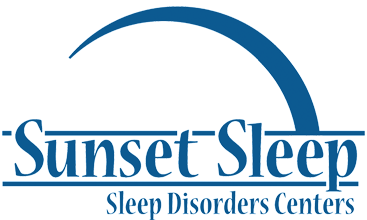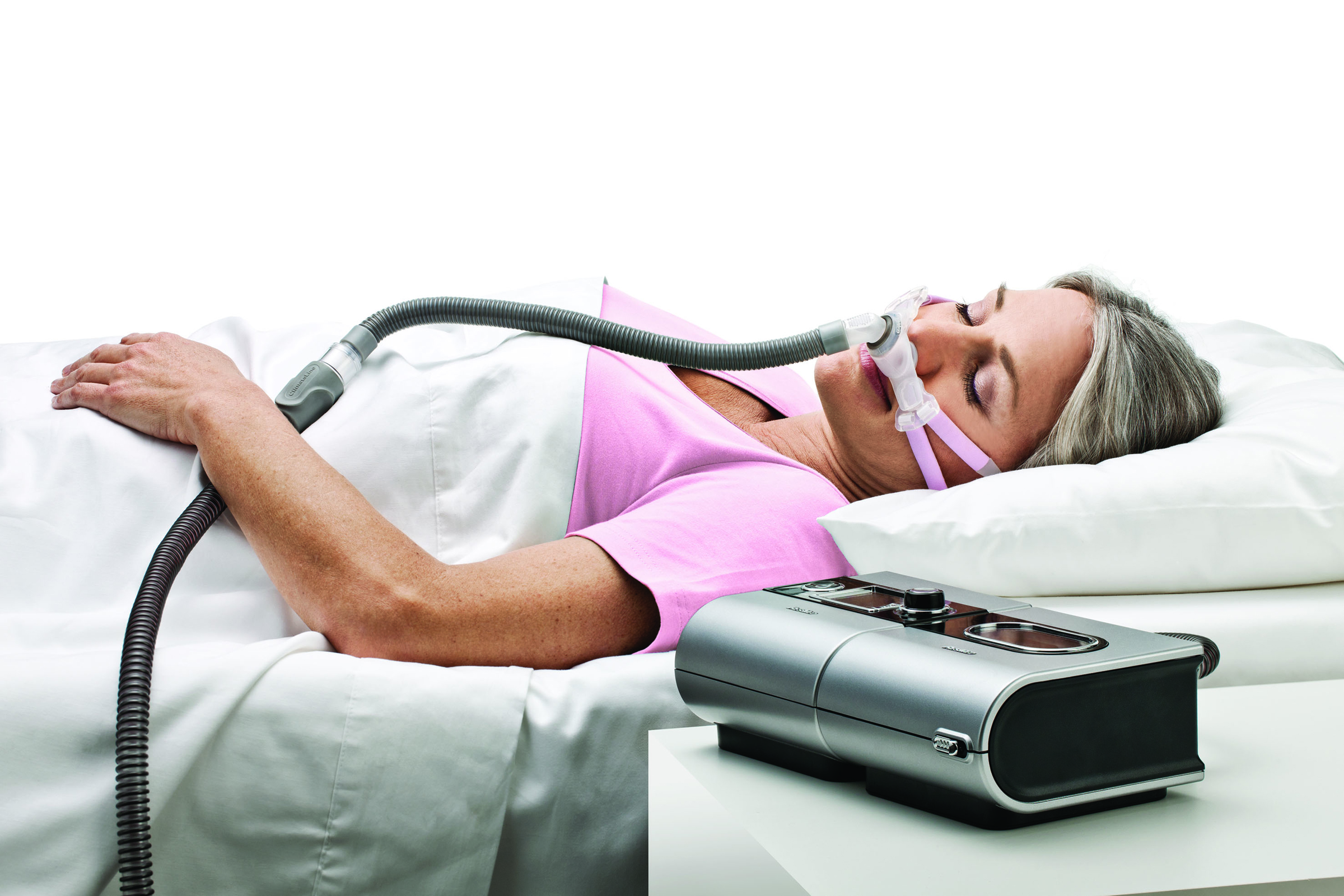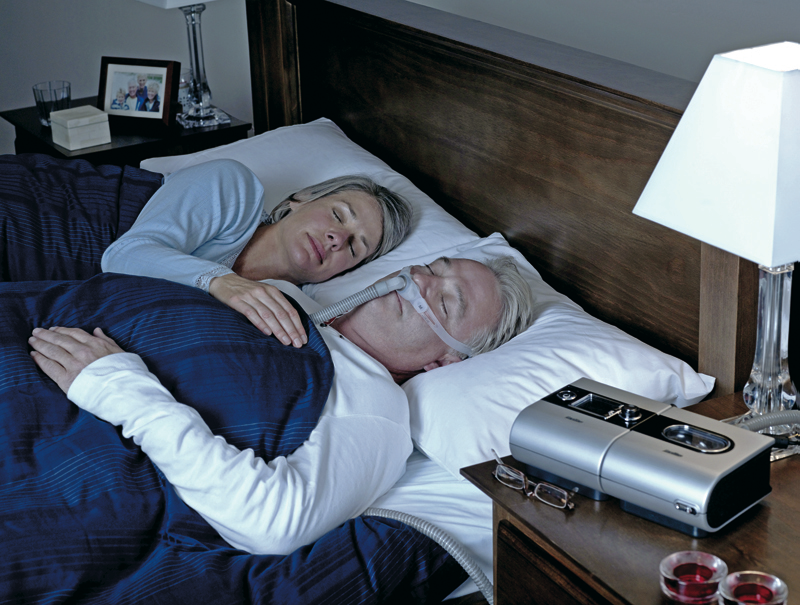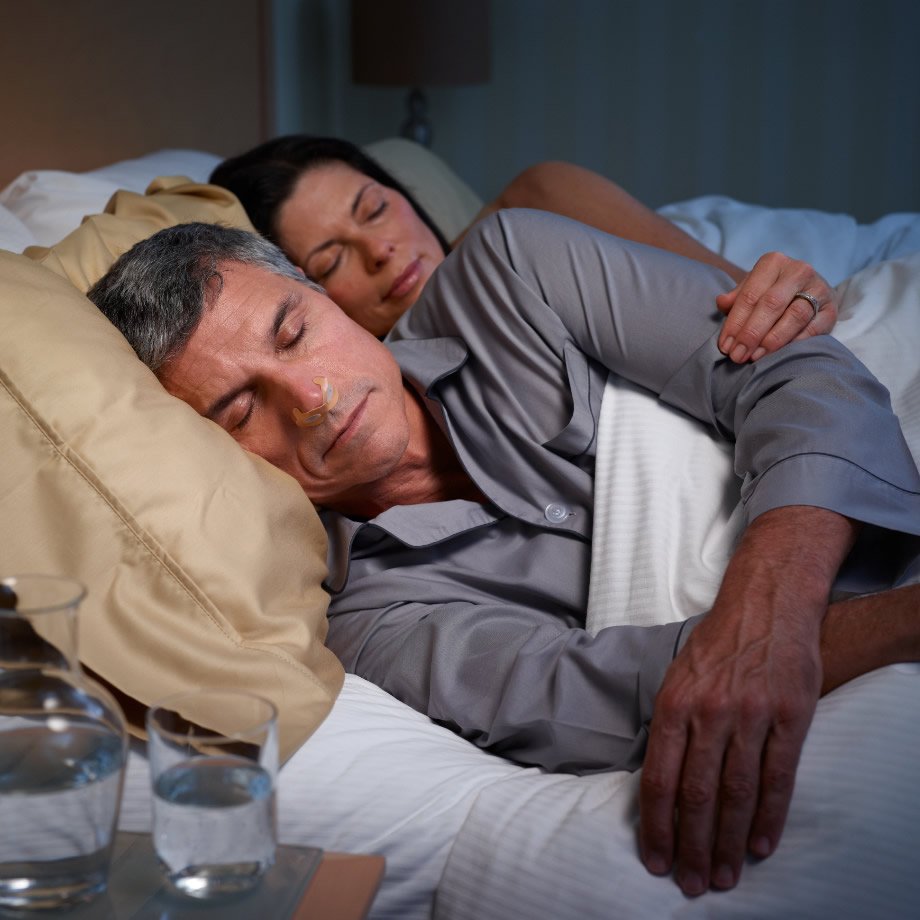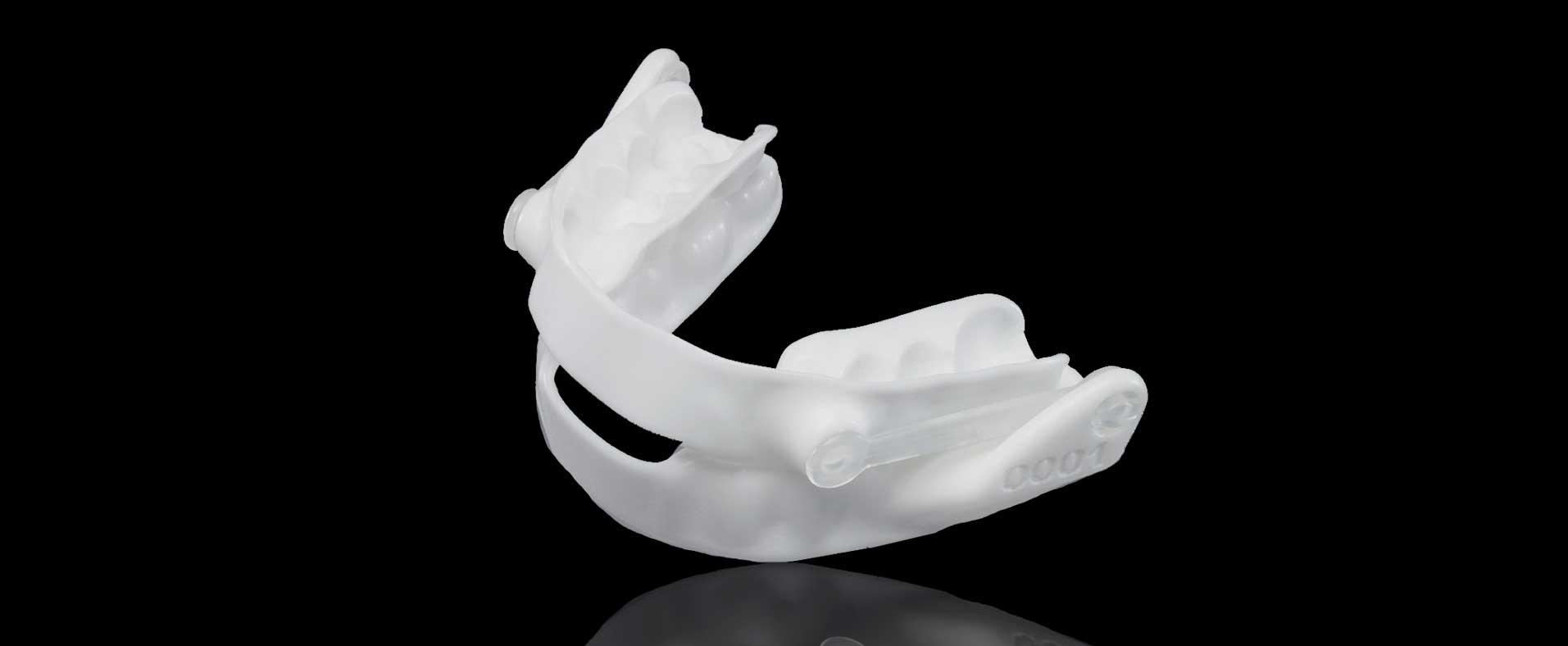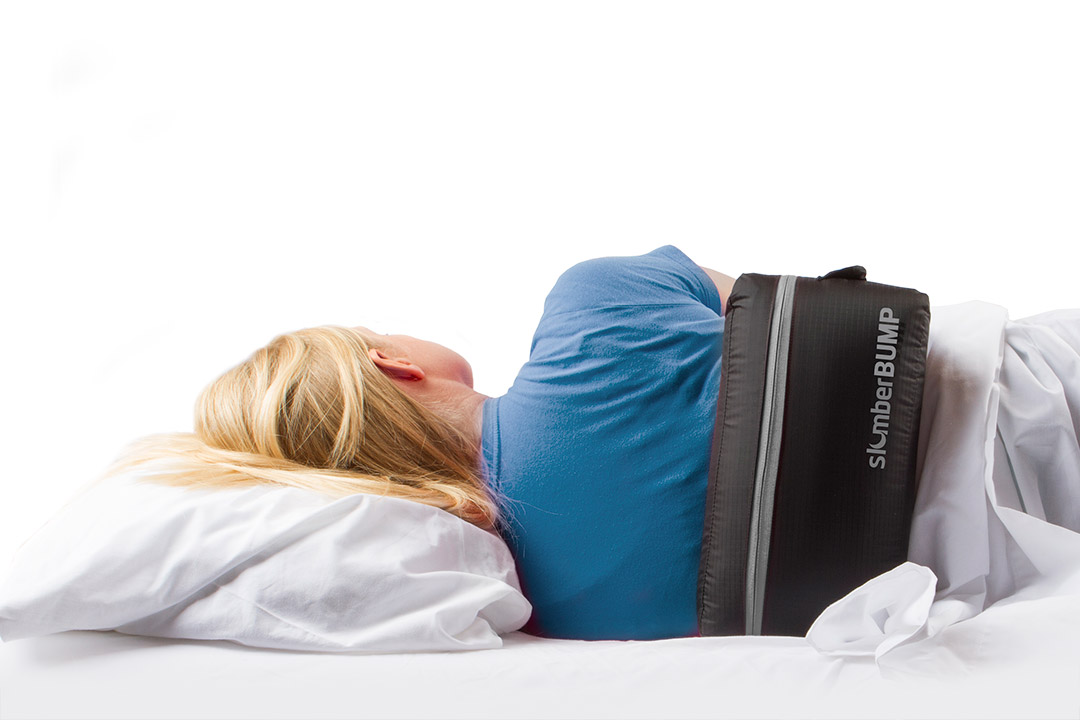TREATMENT OPTIONS
Sleep Apnea Treatment Options
Sleep apnea is a chronic condition that requires long term treatment. Sleep apnea machines, such as CPAP and BIPAP, oral devices, nasal valves, surgery and lifestyle changes can successfully treat sleep apnea in most people.
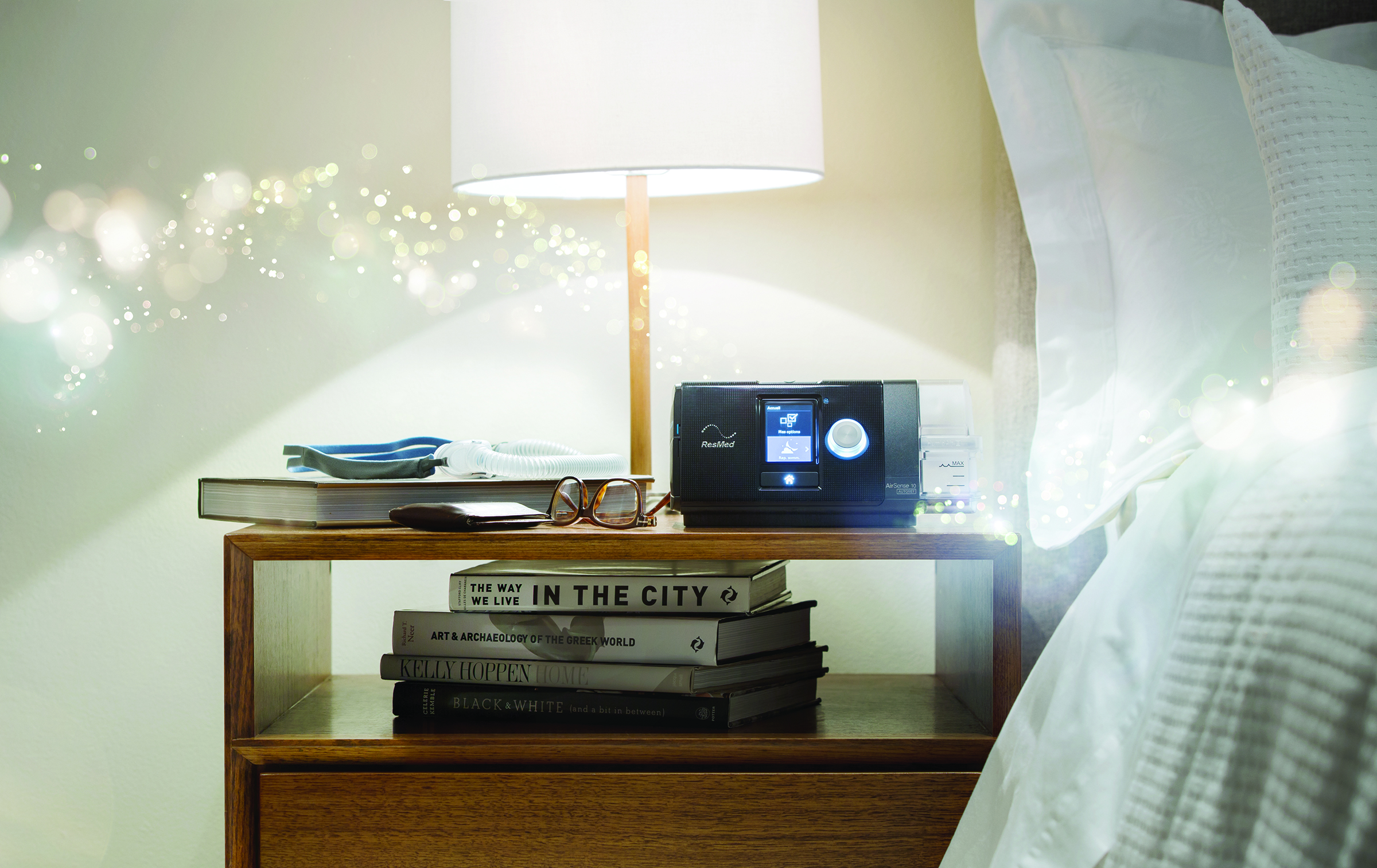
Learn about treatment options
- CPAP (continuous positive airway pressure)
- BiPAP
- Provent
- Oral Appliance
- Positional Pillow
- Surgery
- Lifestyle Changes
- Inspire Therapy
CPAP is the Gold Standard for the treatment of obstructive sleep apnea. CPAP works by gently blowing air into the nose and/or mouth, creating positive pressure and holding the tissue in the neck and throat open.
Picture a flattened straw. Now imagine blowing into the end of it. The straw resumes its round shape allowing air to pass through it. This is how CPAP works to open the airway allowing air to pass through into the lungs.
CPAP equipment consists of a small CPAP machine (half the size of a shoe box), a mask that covers your nose and/or mouth and a hose that connects the two. A humidifier may also be used to warm the air as it is breathed in.
CPAP is used at home after a titration study in a sleep lab has determined an optimal pressure for home use. There are many different kinds of CPAP machines and masks available and your technician will work to find a comfortable fit for you.
Sometimes high pressure is required to control sleep apnea. When high pressures are needed, or when patients have a hard time tolerating CPAP, a BiPAP can be used. BiPAP works by creating a high pressure during inhalation and a lower pressure during exhalation. Often BiPAP allows for more normal breathing patterns and better tolerance by the PAP user.
Provent Therapy is a simple, non-invasive treatment for obstructive sleep apnea. The Provent Nasal Device uses a valve design that attaches over the nostrils and is secured in place with hypoallergenic adhesive. During inhalation, the valve opens, allowing the user to breathe in freely. When exhaling, the valve closes and air passing through the nose is directed through two small air channels. This increases the pressure in the airway and helps to keep it open.
Because Provent Therapy is a small, single use, disposable device, it’s also discreet and very convenient. Provent is generally most successful with mild and moderate cases of sleep apnea.
An oral or dental appliance is a custom-made mouth guard that is worn during sleep. These devices work by positioning the jaw, and in some cases the tongue, in a manner that prevents the airway from closing off. An evaluation by a dentist is recommended prior to oral appliance use. These devices are generally most successful with mild or moderate cases of sleep apnea. Sunset Sleep works with many excellent dentists trained in the treatment of sleep apnea and can refer you for a consult.
Sleep apnea is frequently more severe, or even exclusively noted, while lying on your back. In some cases positional therapy may be recommended.Positional therapy requires a device to keep you from lying on your back. Generally these are pillows or belts that are worn to bed and positioned in such a way that lying on your back is uncomfortable.
There are multiple surgeries that can be considered for sleep apnea. Most involve removal of tissue in the mouth and throat to help prevent the airway from closing. Some procedures scar the tissue with a laser, or involve implanting small rods into the palate to “stiffen up” the tissue. An Ear Nose & Throat surgeon should be consulted any time surgery is considered for treatment of sleep apnea.
About 70 percent of people with obstructive sleep apnea are overweight or obese. Their health care professionals usually encourage them to lose weight.
Surprisingly, there have been few formal studies of how effectively weight loss leads to lesser, lighter snoring and diminished incidents of apnea during sleep. Despite this, anecdotally practitioners report striking improvements in both sleep apnea and snoring among patients who lose weight.
Abstinence from alcohol before bedtime is also an important part of treating sleep apnea.
For patients unable to get consistent results from conventional therapy, the Inspire system may be an option.
Inspire therapy works inside the body with a patient’s natural breathing process to treat sleep apnea. Mild stimulation keeps the airway open during sleep, allowing oxygen to flow naturally. The patient uses a small handheld remote to turn Inspire on before bed and off when they wake up. No mask, no noise, no hose.
The Inspire system is inserted under the skin through three small incisions during an outpatient procedure. Most patients return home the same day and are able to return to non-strenuous activities almost immediately. Most people take over-the-counter pain medicine for a few days after the procedure for pain management.
What Treatment Is Right For You?
Treatment considerations are best discussed with your physician after a diagnosis of sleep apnea. Talk to one of our sleep experts to see which study may be right for you.
